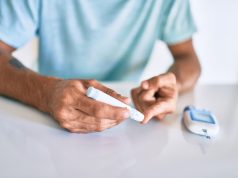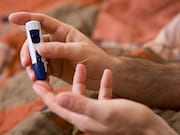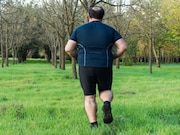Residents Should Take Advantage of Paid Time Off
Residents report making time for family, pursuing interests, and squeezing in important trips
Hospitals Charge 479 Percent of Cost of Drugs on Average
Seventeen percent of hospitals charge 700 percent of cost; 8 percent have markup over 1,000 percent
Gestational Diabetes Tied to Subsequent Glucose Disorders
Long-term effects seen in mothers, but offspring not significantly overweight, obese
Few Yogurt Products Qualify As Low-Sugar
Only two of 101 children's yogurt and fromage frais products had ≤5 g sugar/100 g of product
Research Links Doctor Burnout to Patient Safety Incidents
Physician burnout linked to increased risk of patient safety incidents, reduced patient satisfaction
Study Provides Estimates of U.S. Prevalence of Type 1, 2 Diabetes
Prevalence of type 1 diabetes 0.5 percent, type 2 diabetes 8.5 percent among U.S. adults
20% of Children, Adolescents Use Prescription Medications
8.2 percent of concurrent users of prescription meds at risk for potentially major drug-drug interactions
Patient Health Information Often Shared Electronically
Most commonly observed types of PHI sent are referrals, laboratory results, medication lists
USPSTF Recommends Intensive Behavioral Change for Obesity
Task Force finds adequate evidence that multi-part interventions can improve weight status
Global Prevalence of Insufficient Activity 27.5 Percent
Levels of insufficient physical activity stable between 2001, 2016; increase seen in high-income countries



















